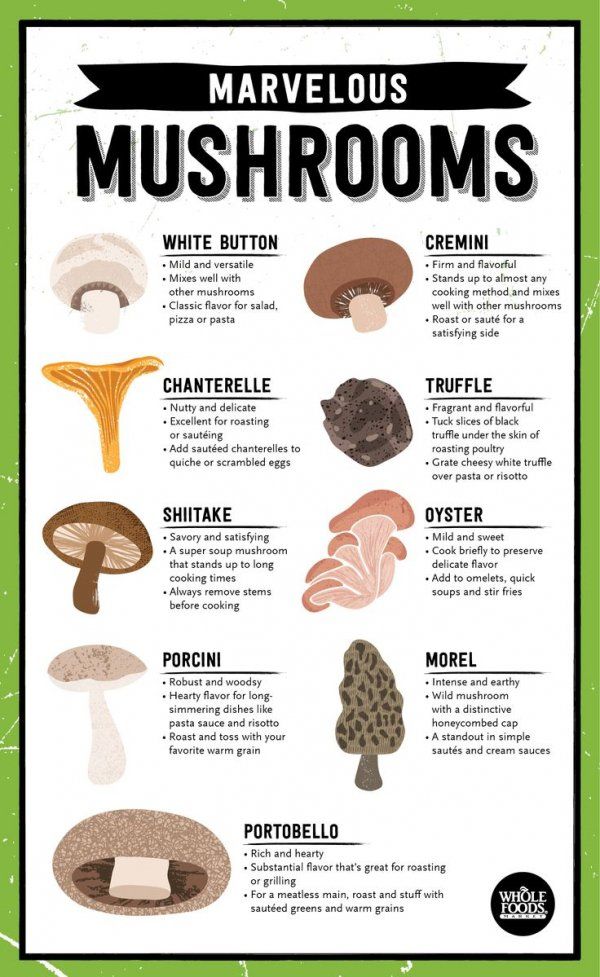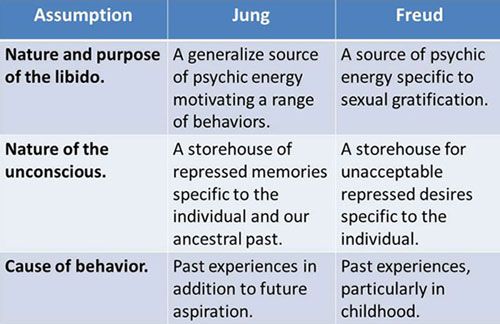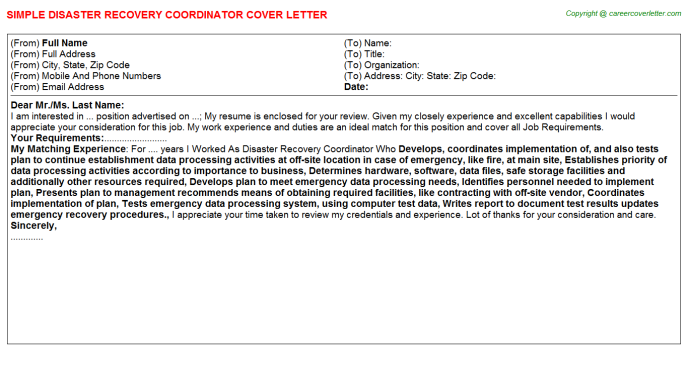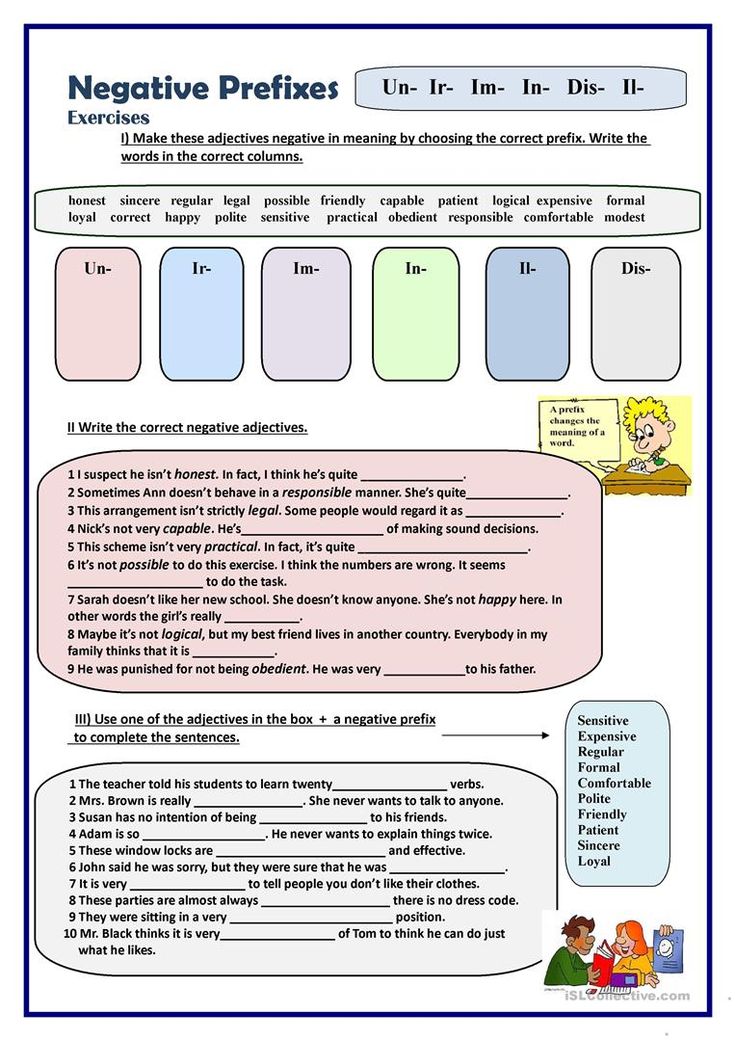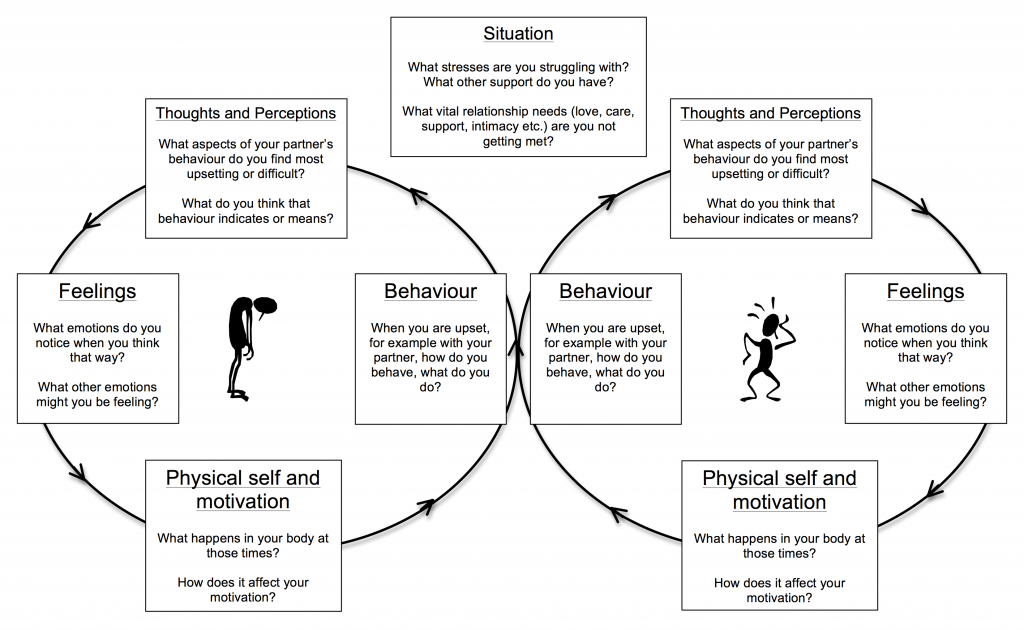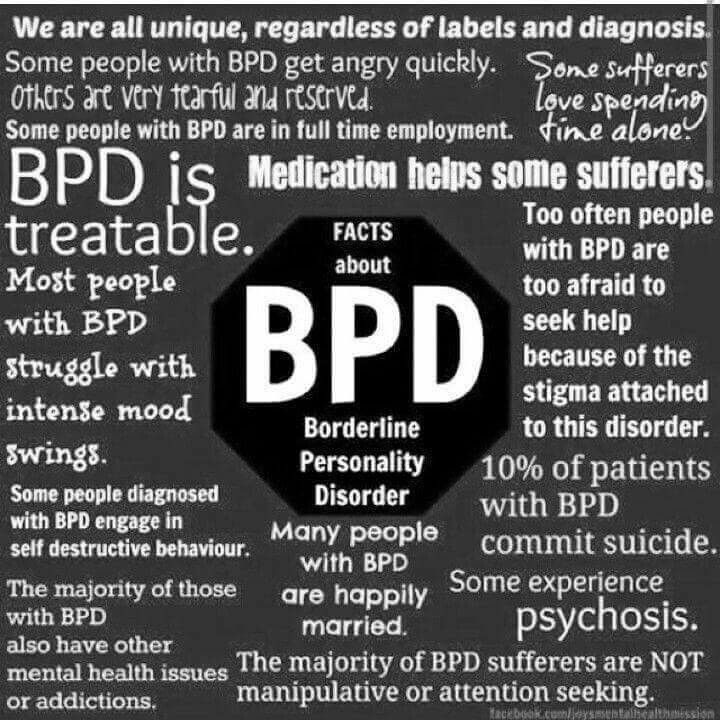Low dose mushrooms
The popularity of microdosing of psychedelics: What does the science say?
Psychedelic drugs have been capturing the attention of doctors and patients alike, for their increasingly proven potential to effect long-lasting improvements in the mental health of people who are suffering from conditions such as treatment-resistant depression. Microdosing of psychedelic substances such as LSD or psilocybin involves taking a fraction of a regular dose (a subperceptual dose) that is much lower than one would take if one wanted to "trip" or hallucinate on these substances.
Many people share the idea that microdosing with psychedelics enhances one’s mood, creativity, concentration, productivity, and ability to empathize with others. Or could the benefits be an "expectancy effect"? This means that most people who take a daily pill that they fervently
expect will help them feel happier and smarter will feel like they are happier and smarter — just from taking the pill, regardless of what’s in it.
What is microdosing?
There isn’t a single, clearly recognized definition of microdosing for any psychedelic drug, and this complicates attempts to perform consistent research. One definition is approximately 1/5 to 1/20 of a recreational dose. (From anecdotal experience this is accurate, as a medium-strength dose of psilocybin is 2 to 3 grams of dried mushrooms, and a microdose is typically around 0.3 grams.) One obstacle is that the potency of mushrooms can vary greatly, as they are not regulated outside of clinical trials, so this isn’t an exact science. Likewise, LSD is an invisible, tasteless, odorless substance that usually comes either in liquid form or embedded into a piece of paper to be slipped under the tongue.
Given its current illegality and lack of regulation, there is no good way to know what dosage you are taking unless you have an extraordinarily reliable supplier. LSD is an extremely powerful and long-acting drug, and you don’t want to take more of it than intended.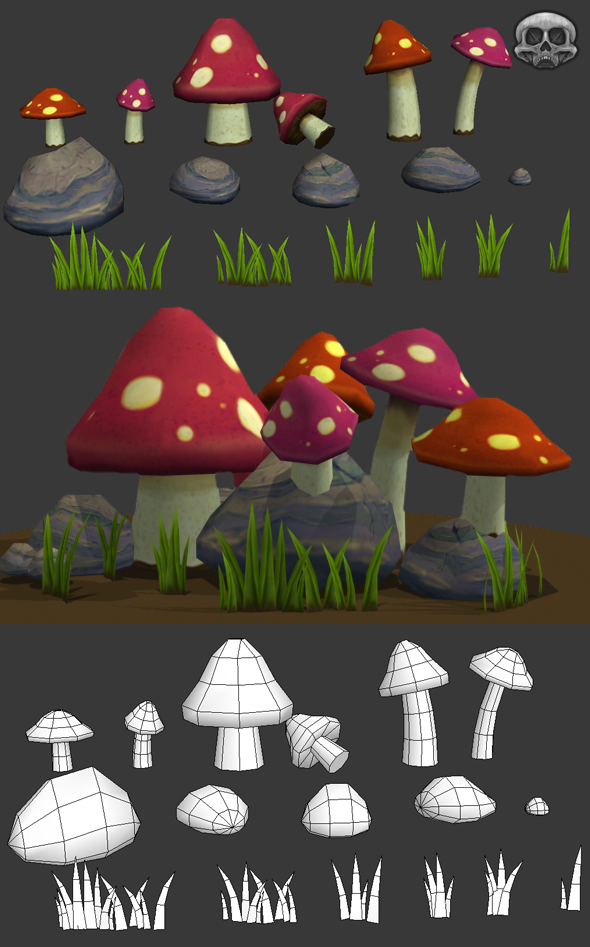 Further, psychedelics such as psilocybin and LSD can produce physiological tolerance, which might suggest that, even if microdosing does help, there could be diminishing returns if one stays at the same dosage.
Further, psychedelics such as psilocybin and LSD can produce physiological tolerance, which might suggest that, even if microdosing does help, there could be diminishing returns if one stays at the same dosage.
Is microdosing safe?
We don’t know as much about safety as we might have learned if not for the War on Drugs, which curtailed much of the research into psychedelics starting in the late 1960s. This research has been renewed over the last five to 10 years, and many medical centers are conducting research on psychedelics. Psilocybin is generally thought to be safe in low dosages and has been used for centuries by indigenous peoples. However, if one takes too large a dose it can result in a terrifying — even traumatic — experience.
Psilocybin is a compound produced by almost 200 species of fungi (mushrooms), and the mushrooms must come from a trusted source. It is very easy to poison oneself with the wrong type of mushroom, as there are many types of mushrooms in nature that can look quite similar to each other, but some are poisonous and can harm your liver, causing severe illness or even death.
Could psychedelics become safer if legalized?
It is anticipated by experts in the field that some psychedelics may become fully legalized — for medical usage, under supervision — within the next few years, specifically psilocybin and MDMA (ecstasy). Some policy makers and public health experts believe that the safety of these psychedelics would be enhanced if they were decriminalized, and if their cultivation and production were monitored and regulated. At least one state (Oregon), and many cities around the country, have decriminalized psychedelics at the local level.
Some advocates of decriminalization are looking forward to a safer product, and wider access that could include not having to see a medical professional to get a prescription or be under medical supervision when using psychedelics. Skeptics are worried that uncontrolled access to these drugs might affect patients with mental illness, or might even precipitate mental illness such as psychosis in people that are vulnerable.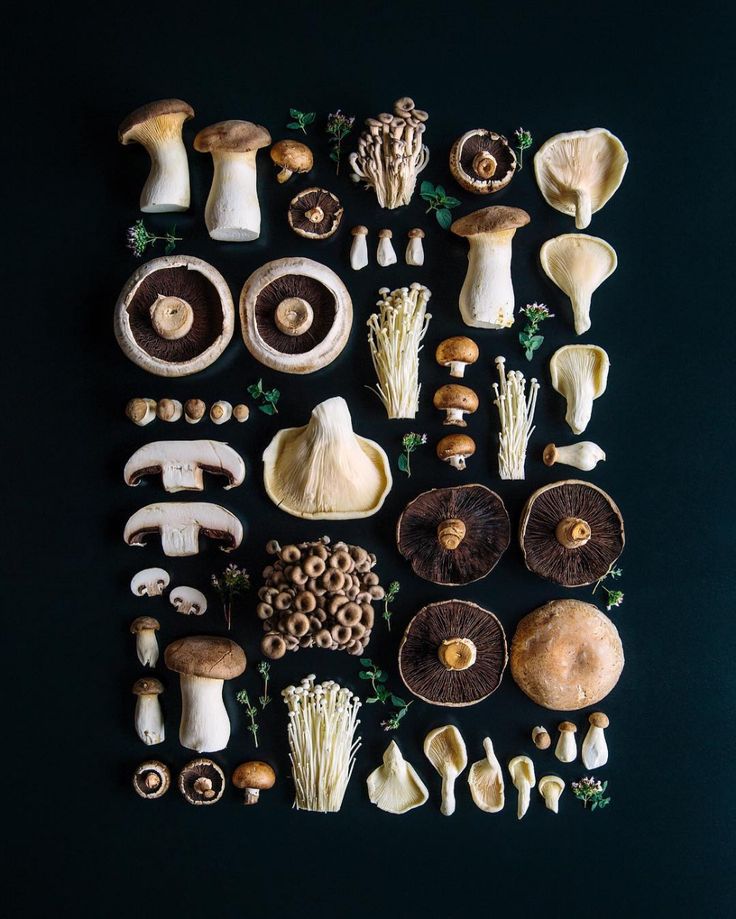
It is important to mention that the use of all psychedelic drugs should be undertaken with utmost caution — if they should be used at all — in patients with major mental illness such as schizophrenia or bipolar disorder. For safety reasons, these patients are typically excluded from studies involving psychedelic drugs.
Evidence for microdosing of psychedelics is mixed
Does microdosing work? In short, the jury is still out. Some studies indicate a very real and significant benefit from microdosing, whereas others are much less convincing and show little to no benefit. One recent study used a naturalistic, observational design to study 953 psilocybin microdosers compared with 180 nondosing participants for 30 days, and found "small to medium-sized improvements in mood and mental health that were generally consistent across gender, age, and presence of mental health concerns." This study and others like it appear to confirm many anecdotal reports of people who swear by the benefits they have experienced from microdosing.
Other studies on microdosing are far less impressive. In one example the researchers conducted a randomized controlled study, which represents the strongest type of evidence because it weeds out the placebo effect. The researchers took 34 patients and randomized half of them to receive psilocybin and half to placebo. While there were some intriguing subjective effects (people felt happier and more creative), and even some changes in brain waves recorded on an EEG machine, they concluded that low-dose psilocybin mushrooms did not show objective evidence of improvements in creativity, well-being, and cognitive function. Studies such as this one support the hypothesis that the effect people receive from psychedelics at these subperceptual doses is mostly an expectancy effect, and that one needs to consume a higher dosage to receive a therapeutic benefit.
To microdose or not to microdose?
While any medical or lifestyle decision is an individual’s choice (assuming that they aren’t harming others), I would highly recommend that you speak with your doctor to explore your decision to take psychedelics, and see if there are any medical reasons why you should be cautious or avoid these drugs. It is critical to pay attention to the legality and the quality of your product — you likely can’t afford to get into legal jeopardy, and certainly can’t afford to poison yourself.
It is critical to pay attention to the legality and the quality of your product — you likely can’t afford to get into legal jeopardy, and certainly can’t afford to poison yourself.
Finally, it is important to understand that there isn’t yet definitive proof that microdosing is at all helpful, or even that it is safe in the long term. With these points in mind, it is fair to say that psychedelic drugs are becoming better understood, and are undergoing a resurgence of research and a more widely accepted use.
Science is testing claims about psilocybin microdoses, and finding some truth
Reprints
Dennis van der Meijden isn’t aiming to see the face of God, feel one with the cosmos, grasp the hidden reality of time and space, or embark on a sacred journey. What the Dutch graphic designer, producer, and rapper (under the professional name Terilekst) wants — and gets — from his twice-weekly “microdoses” of psilocybin is more modest.
“It sharpens all the senses, as if the frequencies of all of your atoms and energy field are raised a little bit and are being slightly more conscious,” said van der Meijden, 39, who told STAT he first microdosed psilocybin — the active ingredient in “magic mushrooms” — three years ago.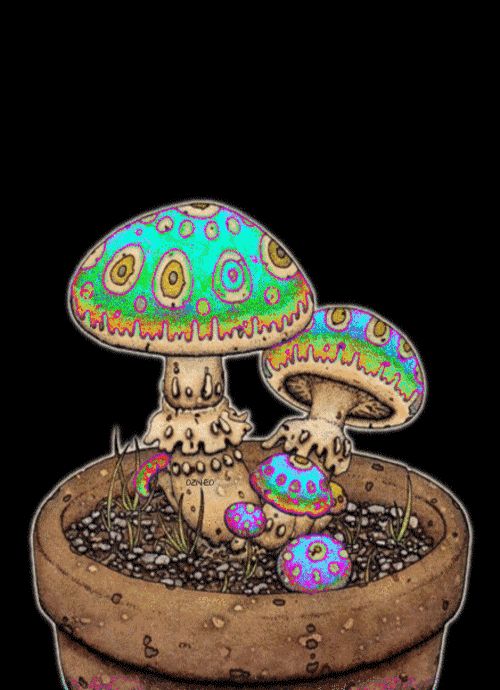 It makes him energetic enough to skip coffee, “as if I’m kicked in some sort of orbit for that day.” If he becomes distracted, “I’m very much aware of that, as if seeing myself from a bird’s eye view, so I can correct myself very fast.” But van der Meijden says he’s careful not to exceed about 0.4 grams, because 0.5 made him “a bit too joyful and a bit too philosophical,” which wasn’t always appropriate.
It makes him energetic enough to skip coffee, “as if I’m kicked in some sort of orbit for that day.” If he becomes distracted, “I’m very much aware of that, as if seeing myself from a bird’s eye view, so I can correct myself very fast.” But van der Meijden says he’s careful not to exceed about 0.4 grams, because 0.5 made him “a bit too joyful and a bit too philosophical,” which wasn’t always appropriate.
Microdosing involves taking roughly one-tenth the “trip” dose of a psychedelic drug, an amount too little to trigger hallucinations but enough, its proponents say, to sharpen the mind. Psilocybin microdosers (including hundreds on Reddit) report that the mushrooms can increase creativity, calm anxiety, decrease the need for caffeine, and reduce depression. There is enough evidence that trip doses might have the latter effect that, on Wednesday, London-based Compass Pathways received Food and Drug Administration approval for a Phase 2B clinical trial of psilocybin (in larger-than-microdoses) for treatment-resistant depression.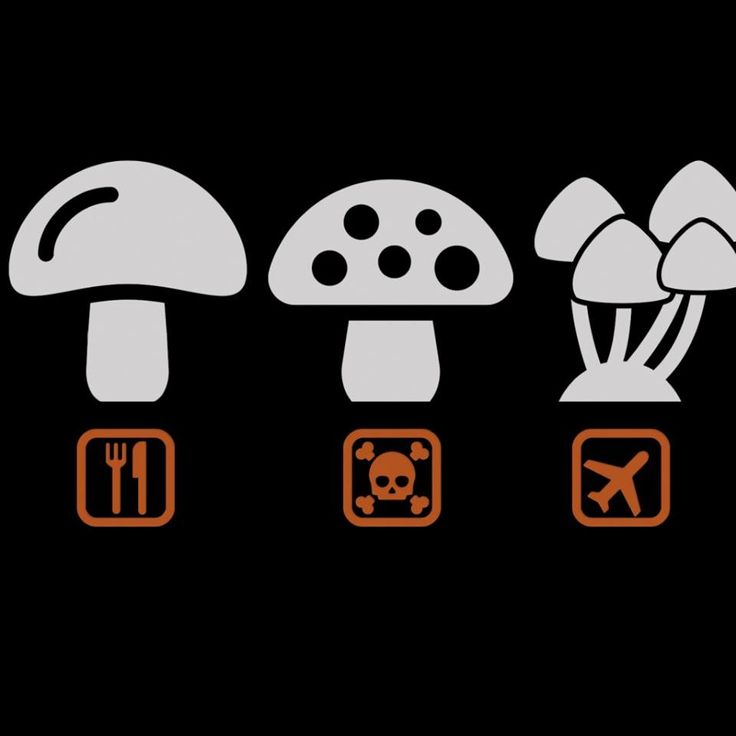 But research into microdosing is minimal.
But research into microdosing is minimal.
advertisement
In the nearly 10 years since psychologist and psychedelics researcher James Fadiman introduced the notion of microdosing and devised a widely followed protocol for it, and three years after microdosing psychedelics became the latest Silicon Valley “productivity hack,” all the evidence about its effects has been anecdotal. Psilocybin is illegal almost everywhere, so it’s been nearly impossible to study scientifically. That is changing, however, as the Netherlands and other countries effectively decriminalize it and scientists in places where it remains illegal obtain government permission to study it.
The scientific interest is driven, in part, by numerous reports over the years that psilocybin might have antidepressant or anti-anxiety effects that might guide the development of better psychiatric drugs. But it also reflects an itch to see whether there is any basis for the anecdotal accounts. Now, in the first study of its kind, scientists in the Netherlands found that psilocybin microdoses have no noticeable effect on the problem-solving, rational-thinking, and abstract-reasoning ability called fluid intelligence.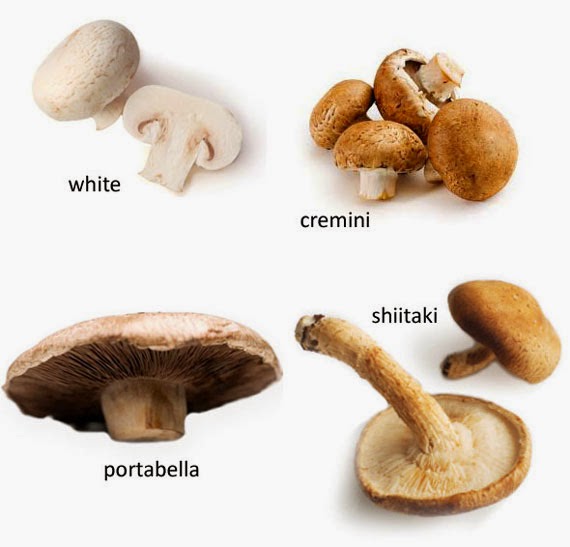 But they do seem to improve two forms of thinking that underlie creativity.
But they do seem to improve two forms of thinking that underlie creativity.
“Performance was significantly higher” on tests of convergent and divergent thinking, said psychologist Bernhard Hommel of Leiden University in the Netherlands, who led the study. Convergent thinking is the ability to focus on abstract concepts to identify a single solution to a well-defined problem. Divergent thinking requires meandering mental forays and mental flexibility. Psychologists consider both to be ingredients of creativity.
advertisement
Whatever the dose, psilocybin (O-phosphoryl-4-hydroxy-N, N-dimethyltryptamine) binds to receptors for the neurotransmitter serotonin. The cortex is packed with these 5-HT2A receptors, especially in areas that control reflection, imagination, and introspection, but “whether there is a minimum dose [of psilocybin that’s required to activate them] is an empirical question that we try to tackle,” Hommel said.
“It sharpens all the senses, as if the frequencies of all of your atoms and energy field are raised a little bit and are being slightly more conscious.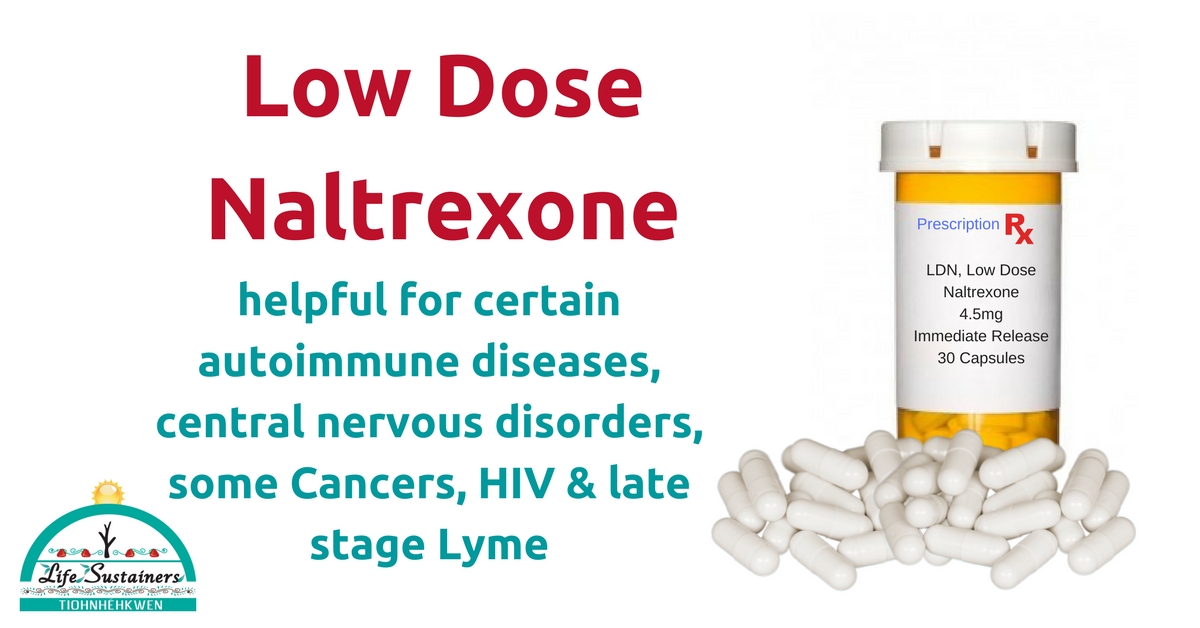 ”
”
Dennis van der Meijden, psilocybin microdoser
To do so, he and his colleagues zeroed in on the effects that many users report: creativity, problem-solving, and the “cognitive flexibility” deemed crucial to both. Leiden’s Luisa Prochazkova took the lead in inviting members of the Psychedelic Society of the Netherlands to participate in the study; she got 38 takers.
Before their microdose, the volunteers took three standard psychological tests, two related to creative problem-solving and one an assessment of fluid intelligence. The scientists ran chemical analyses of the mushroom samples to determine how much psilocybin they contained. Since a trip dose is about 3 grams of dried ’shrooms, a microdose is around 0.33 grams. Participants averaged 0.37 grams of the dried preparation, which can be taken with food or packed into gelcaps for easy swallowing.
About 90 minutes after the microdose, the participants took the three tests again.
In the Picture Concept Task, they saw three rows of three pictures, and had to choose three — one from each row — that were related.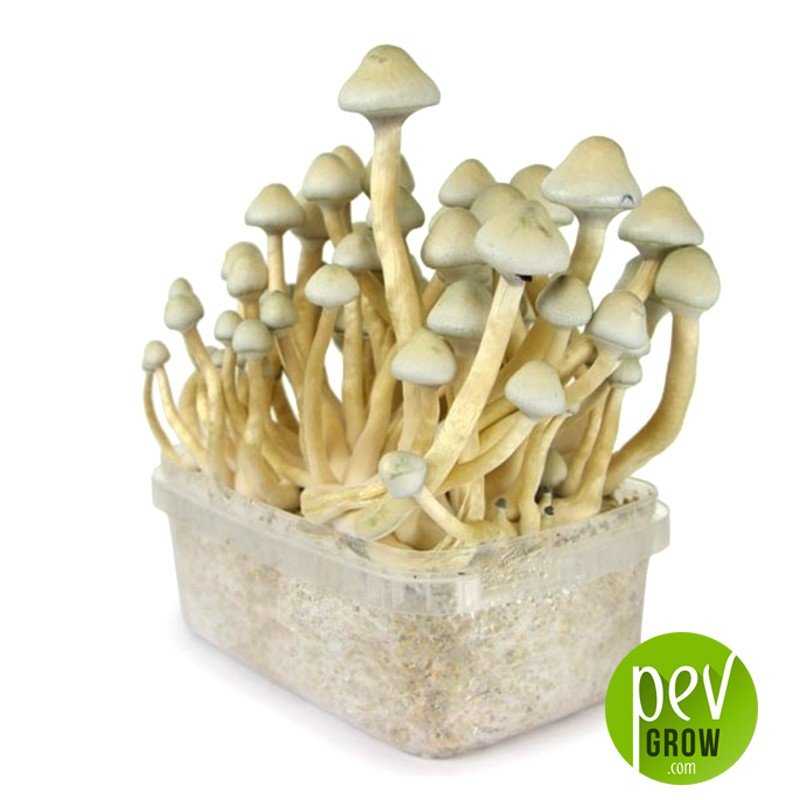 That requires converging on the correct solution, like noticing that a bathtub, a sink, and a hose all have something to do with water. The brain must focus, weigh alternatives, and reject wrong ones.
That requires converging on the correct solution, like noticing that a bathtub, a sink, and a hose all have something to do with water. The brain must focus, weigh alternatives, and reject wrong ones.
In the Alternate Uses Task, the microdosers had five minutes to think of ways to use a pen (tracheotomy? finger splint?) or towel. That measures divergent thinking, to move thoughts away from writing, for example, in the case of the pen.
The microdosers also took a “progressive matrices” test: In blocks of two-by-two or three-by-three patterns, with the bottom right one missing, they had to choose which of six possibilities belonged in the blank square — a task that requires fluid intelligence.
The scientists found no post-microdose difference on the fluid intelligence test. But after microdosing, performance on the picture concept test was significantly higher (an average score of 7.6) than before (6.6). That suggested an improvement in the convergent thinking element of creativity.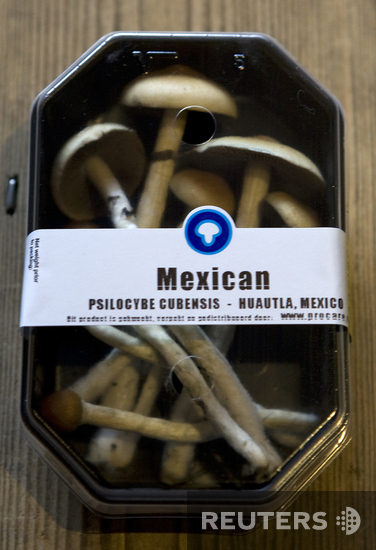
The microdosers also came up with significantly more uses for pens and towels, 16.7 vs. 14.7. That suggests a microdose of psilocybin “allowed participants to create more out-of-the-box alternative solutions for a problem,” the scientists wrote. Taken together, the three findings suggest a specific effect of psilocybin microdoses on creativity but not on fluid intelligence.
For van der Meijden, a microdose of psilocybin makes his musical brainstorm sessions yield “more concepts, ideas, and solutions,” he said, partly because it lets him “better understand and visualize other people’s concepts.” In his design and illustration work, it produces a “more natural flow of line drawing” and lets him “see more possibilities in how things can be or look.” In his music, it lets him “analyze all the different instruments better” and know, for instance, whether to turn up or down the reverberation effect.
The Dutch study, which was published on a preprint site and has not undergone peer review at a journal, has several caveats.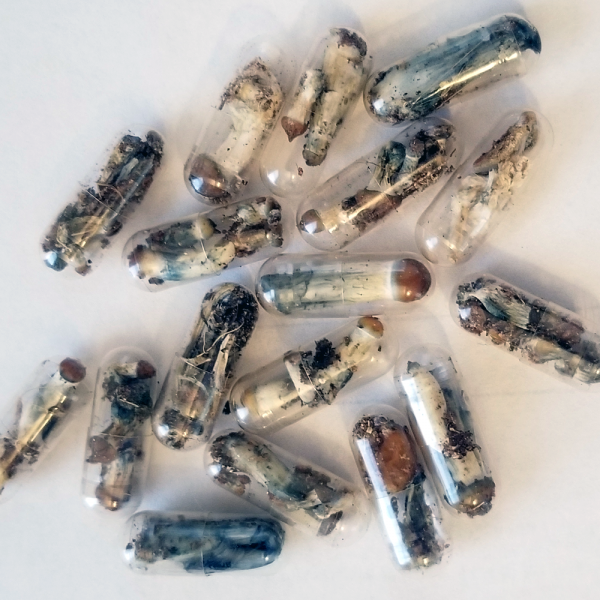 For one thing, having seen a test before might make people better at it. More problematic, the study didn’t have a control group of people who took something other than psilocybin. That leaves open the possibility that it wasn’t the compound that improved some forms of thinking, but the expectation that it would do so. Maybe people who microdose believe in its benefits enough to make those expectations reality.
For one thing, having seen a test before might make people better at it. More problematic, the study didn’t have a control group of people who took something other than psilocybin. That leaves open the possibility that it wasn’t the compound that improved some forms of thinking, but the expectation that it would do so. Maybe people who microdose believe in its benefits enough to make those expectations reality.
On the other hand, the results fit with another new study of psilocybin. In this one, scientists led by computational neuroscientists Joana Cabral and Louis-David Lord of the University of Oxford used fMRI scans to study the brain activity of nine people who volunteered to be injected with 2 milligram (trip-inducing) doses. The chemical changed the functional connectivity of various brain regions, so that activity in one became synced with that in another. In particular, the rational, logical, well-behaved frontoparietal regions became “strongly destabilized,” the scientists reported, melding with activity in emotional and other regions to produce “unconstrained consciousness,” “mind wandering,” and a sense that everything is connected to everything else.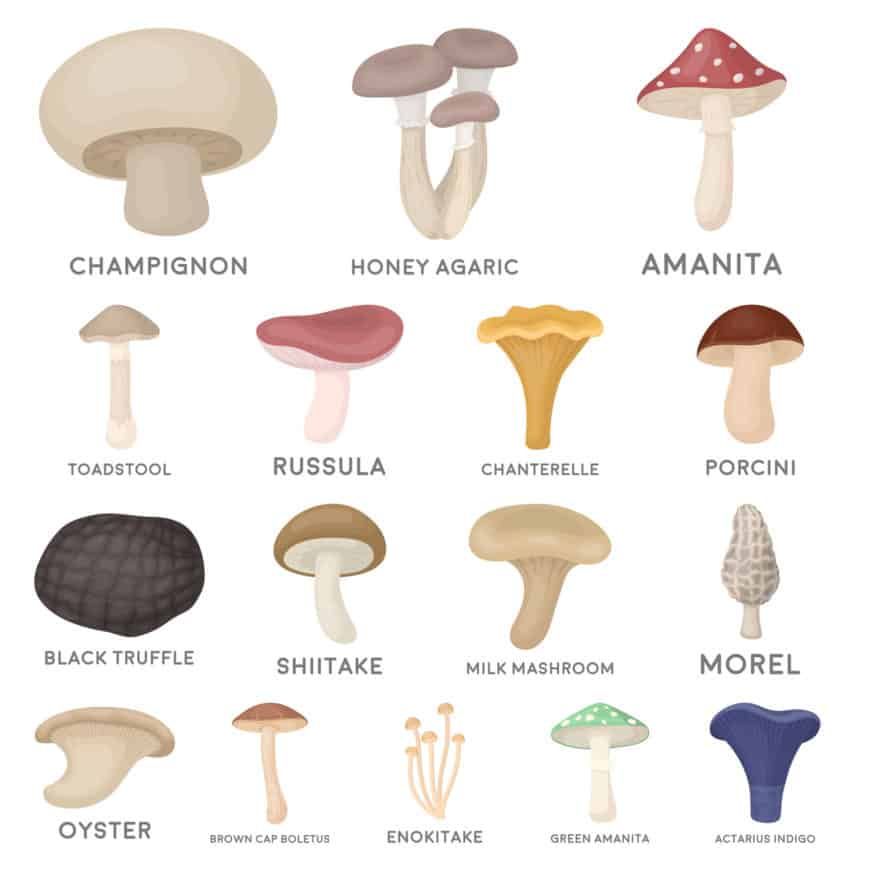 Seeing connections that elude other people is almost the definition of creativity.
Seeing connections that elude other people is almost the definition of creativity.
The findings in the microdosing study also fit with many anecdotal reports. One college student who is a member of the Portland, Ore., microdosing community said that although he doesn’t microdose psilocybin with the express purpose of boosting creativity or focus, he has found that “things seem to have quieted down, in terms of racing thoughts.” He can still be distracted, said Alex, 38, who asked not to be further identified because the drug is illegal in the U.S. But “if I want to go about doing something, then I have an easier time with it because I’m not being bogged down by my thoughts,” he added.
Jakobien van der Weijden takes one psilocybin microdose every three days, with bimonthly breaks, “to work more focused, more efficiently and be more creative” at his marketing job in the Netherlands, he said. (He also helps run an online community for microdosing.) “On the downside, I would often feel that the inspiration was still there at night and I would keep working on projects until late.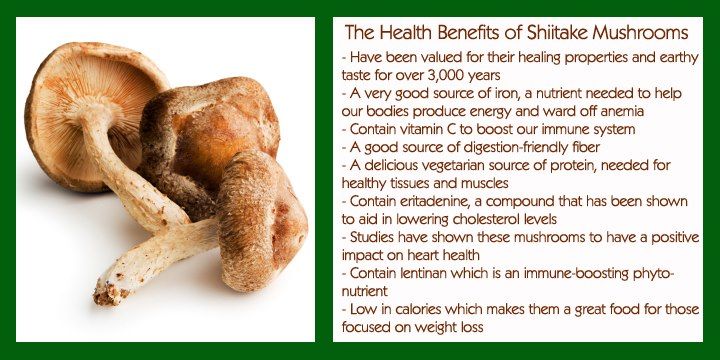 So it was somewhat more difficult to maintain a healthy biorhythm.”
So it was somewhat more difficult to maintain a healthy biorhythm.”
As legal strictures loosen, there will likely be more rigorous studies of microdosing psilocybin. “Scientific studies could legitimize the claimed benefits,” said Will Burns, CEO of Wenham, Mass.-based Ideasicle, which develops branding and marketing ideas. He does not microdose, Burns said, but has called for research into its purported effects, including improving productivity and creativity. “Right now, we’re swimming in a world of anecdotes and almost no one has taken this seriously,” he said. “We need scientific studies.”
About the Author
MUSHROOMS - healing properties - Mushroom Rainbow
- Home
- Products
- Useful information
- MUSHROOMS - healing properties
We are all different, but we have a lot in common. Health concerns, a desire to diversify one's diet, and a love of cooking are the most important reasons for the growing popularity of home cooking around the world.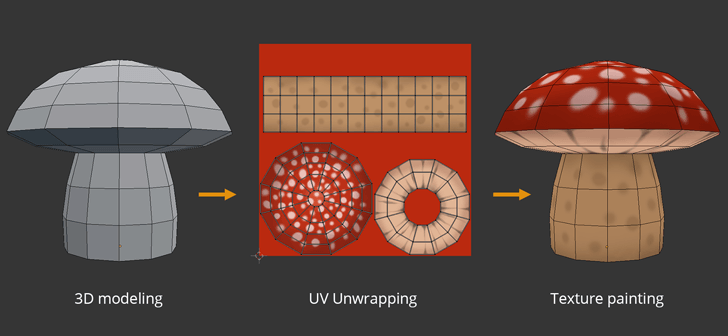
Nutritional value
Based on the chemical composition of edible mushrooms, it was concluded that it is a complete food product containing the main components: protein, fats, carbohydrates, vitamins, minerals, which are necessary for the development and maintenance of vital processes in the body. Mushrooms can become the basis of the diet of healthy adults.
Protein, fiber (chitin), water,
Mushrooms are 80-90% water. However, the dry matter consists mainly of proteins. That is why sometimes mushrooms are called "forest meat". The composition of proteins includes almost all amino acids, including exogenous ones, which cannot be synthesized in the body and therefore must be provided in food. nine0015
The large amount of amino acids present in proteins makes mushrooms an important food item.
According to some scientists, champignons and white mushrooms contain the greatest amount of protein. It is worth noting that in young mushrooms it is more than in old ones.
Mushrooms also contain a specific fiber - chitin, also called funcin, which gives them a certain rigidity. Chitin polysaccharides present in mushrooms make them anti-allergic, supporting the immune system. nine0015
Eaten chitin plays the same role as vegetable fiber - it is not absorbed, but it has a positive effect on the functioning of the gastrointestinal tract. On the one hand, it reduces appetite by filling the gastrointestinal tract, on the other hand, it prevents the absorption of fats.
Fats
Mushrooms contain from approx. 1 to 10% fat (including polyunsaturated fatty acids that reduce the risk of atherosclerosis). Their digestibility is quite high (92 to 97%) and almost does not differ from the digestibility of animal fats. nine0015
There are also various organic acids in the pericarp of cap mushrooms. Mushrooms found malic, citric, tartaric, fumaric acid.
The low fat content (along with the valuable contribution of unsaturated fatty acids and the absence of trans fatty acids) makes mushrooms an interesting alternative to supplement our diet.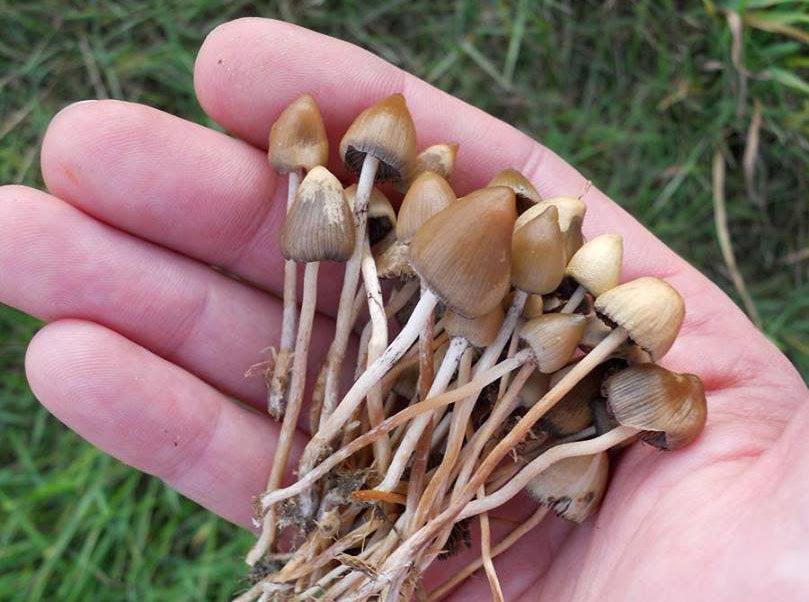
Carbohydrates
Fungal cells contain significantly less carbohydrates than proteins, which differ from plant proteins. Mushroom carbons are well absorbed by humans, which leaves a feeling of satiety after eating. There are mushrooms from 2 to 10%. The digestibility of carbohydrates is high. Mushroom carbohydrates are better absorbed than vegetable carbohydrates, and are as good as those found in milk and white bread. nine0015
Vitamins and minerals
Mushrooms are rich in vitamins and minerals. First of all, they are a good source of B vitamins, which play an important role in the nervous system. The presence of vitamins B3 and B5 in mushrooms can be compared with the content in standard foods such as liver. However, the amount of vitamin B1 in mushrooms is comparable to the amount contained in cereals.
In addition, mushrooms contain a moderately high amount of folate, which is in line with that found in vegetables.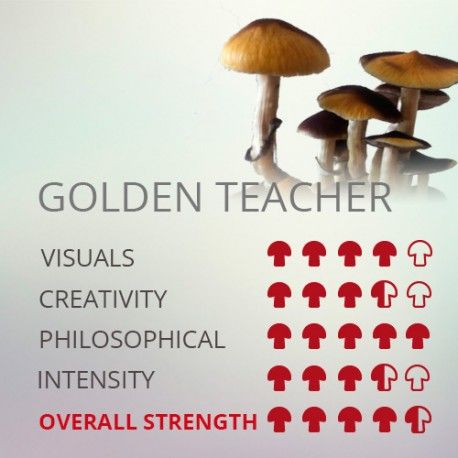 The bioavailability of foliants in mushrooms is comparable to that of folic acid, in contrast to some vegetables, such as peas, spinach, where the bioavailability of foliants is much less. In oyster mushrooms and brown champignons, compared to other types of mushrooms, the content of folic acid is the highest. Folios include, in particular, folic acid, otherwise known as vitamin B9. Nicotinic acid - known as vitamin PP - is found in mushrooms in the same amount as in the liver and yeast.
The bioavailability of foliants in mushrooms is comparable to that of folic acid, in contrast to some vegetables, such as peas, spinach, where the bioavailability of foliants is much less. In oyster mushrooms and brown champignons, compared to other types of mushrooms, the content of folic acid is the highest. Folios include, in particular, folic acid, otherwise known as vitamin B9. Nicotinic acid - known as vitamin PP - is found in mushrooms in the same amount as in the liver and yeast.
Such vitamins as: - A, D (vegetables and fruits do not contain it, but champignons contain a lot), are also found in mushrooms. Depending on the source, some claim that unfortunately mushrooms contain very little vitamin C, while others say it is high, but less than fruits but more than vegetables.
Mushrooms are also an important source of minerals. They are one of the richest sources of selenium, which plays an important role in immune mechanisms, prevents cancer and is an ideal antioxidant that protects body cells from damage that can lead to heart disease and some types of cancer.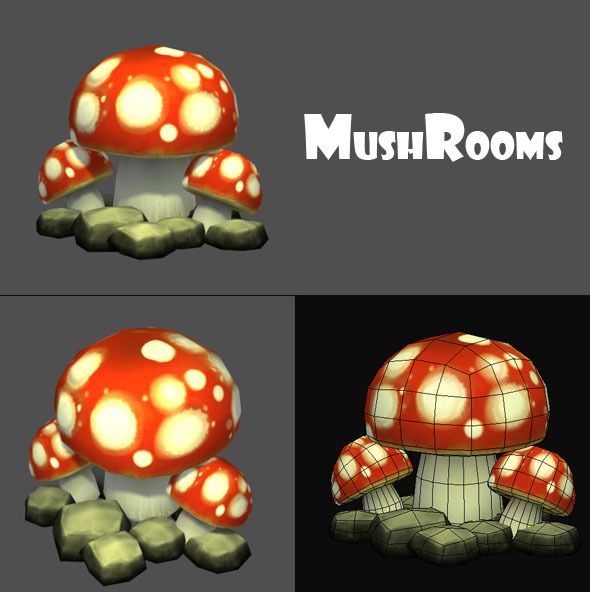 nine0015
nine0015
They are also ergothioneine, which is a natural antioxidant that helps protect the body's cells.
Beta gluten - found in many types of mushrooms, has been shown to have a significant stimulating effect on the immune system, contributes to resistance to allergies, and is also involved in the physiological processes associated with the metabolism of fats and sugars in the human body.
Mineral salts were found in mushrooms: potassium, phosphorus, iron, calcium, sodium and trace elements such as zinc, copper, iodine, fluorine, manganese, magnesium, potassium and lead. nine0015
Mushrooms and health
Mushrooms have recently been included in the group of functional foods, ie. products that have a positive effect on health. Supported by evidence, studies confirm the presence of other important components that complement those traditionally recognized as essential (mineral salts, proteins, or carbohydrates). Their medicinal properties have been established due to the content of biologically active compounds used in the pharmaceutical industry and in the production of cosmetics.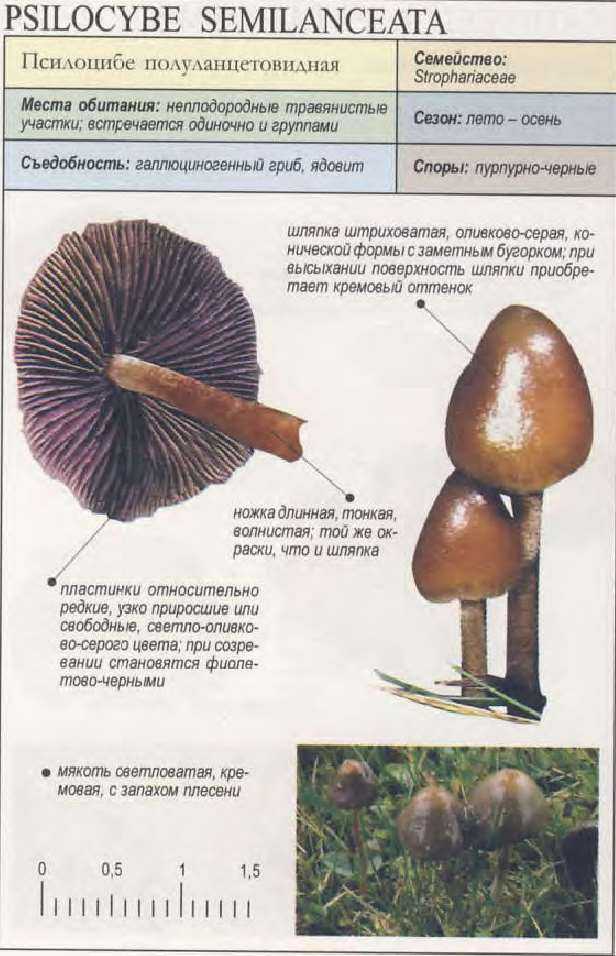 nine0015
nine0015
Anti-cancer properties
In addition to their nutritional value, ingredients found in mushrooms also have potential benefits in optimizing health and reducing disease risk. Anticancer properties (the ability to block the formation of cancer cells) of mushrooms were first described by Lucas in 1957. It is believed that the specific anti-cancer properties of edible mushrooms are associated with the presence of specific polysaccharides. Recent studies have shown that button mushrooms have high levels of anti-cancer agents such as tyrosinase, an aromatase inhibitor and other anti-cancer polysaccharides. Mushroom extract obtained by hot water treatment has been shown to contain polysaccharides that can inhibit cancer cell proliferation by 100%. Studying extracts from 10 different mushrooms, it was noted that mushroom extract was characterized by the most powerful anti-cancer activity in mice. nine0015
Medicinal properties of champignons - breast and prostate cancer
Studies on the use of champignon extract show that these mushrooms can be used as chemical agents in the prevention of breast cancer.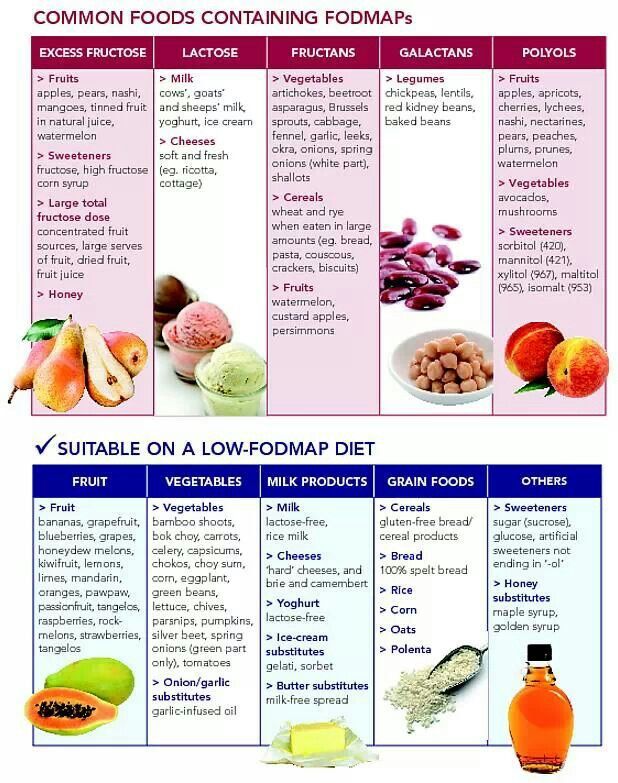 It turned out that they contain substances that can inhibit the biosynthesis of aromatase called estrogen. Mushroom extract is responsible for inhibiting the enzyme responsible for the formation of cancer cells. Animal studies, also conducted with mushroom extracts, have shown the effect of suppressing the development of cancer cells. nine0015
It turned out that they contain substances that can inhibit the biosynthesis of aromatase called estrogen. Mushroom extract is responsible for inhibiting the enzyme responsible for the formation of cancer cells. Animal studies, also conducted with mushroom extracts, have shown the effect of suppressing the development of cancer cells. nine0015
A number of in vitro and in vivo studies have been conducted to investigate the effect of white mushroom consumption on prostate cancer. As in the case of breast cancer, they play an important role in chemoprophylaxis. It turned out that champignons contain phytochemical compounds that inhibit the activity of two enzymes: steroidal 5-alpha reductase and aromatase. Steriod 5-alpha reductase converts the male hormone testosterone into its active form, known as 5-alpha-dihydrotestosterone (DHT). The active form of testosterone appears to play an important role in the development of prostate cancer. Cell extract experiments treated with mushrooms for 10 days have shown that mushroom extracts have the ability to inhibit the growth of hormone-resistant prostate cancer cells. nine0015
nine0015
Steriod 5-alpha-reductase converts the male hormone testosterone into its active form, known as 5-alpha-dihydrotestosterone (DHT). This active form of testosterone appears to play an important role in the development of prostate cancer. Experiments with cells treated with mushroom extract for 10 days showed that mushroom extract has the ability to inhibit the growth of hormone-resistant prostate cancer cells.
The presence of betaglucan, a biologically active substance with a strong oxidative effect that stimulates the immune system, was found in the composition of oyster mushroom and champignon. It also increases the production of white blood cells in the bone marrow and neutralizes free radicals, which are one of the causes of cancer. Moreover, some scientists argue that the active substance contained in oyster mushrooms, pleuran, can reduce tumors, and the antioxidant slows down the aging process of cells and protects them from damage. nine0015
Significance of mushrooms in cardiovascular diseases
Mushrooms also have a positive effect on the cardiovascular system, reducing blood cholesterol levels.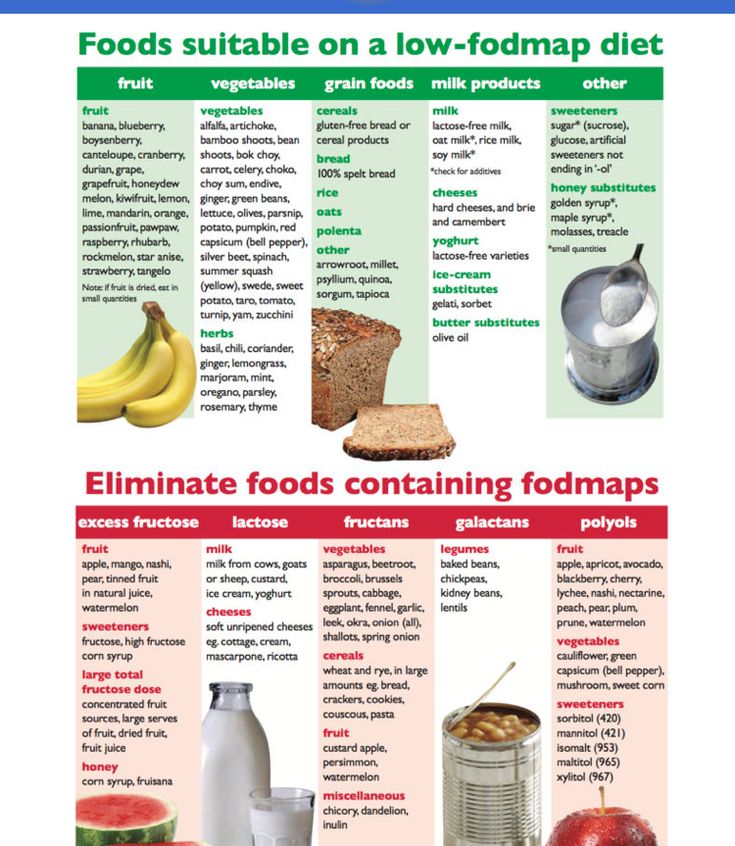 The results of numerous studies show that mushrooms are a valuable source of lovastatin, which inhibits the activity of the main enzyme in cholesterol synthesis. Laboratory studies have also shown that eating mushrooms reduces the absorption of cholesterol from the digestive tract. As a result, the level of total cholesterol with a low-density lipoprotein fraction, often called bad cholesterol, is reduced. nine0015
The results of numerous studies show that mushrooms are a valuable source of lovastatin, which inhibits the activity of the main enzyme in cholesterol synthesis. Laboratory studies have also shown that eating mushrooms reduces the absorption of cholesterol from the digestive tract. As a result, the level of total cholesterol with a low-density lipoprotein fraction, often called bad cholesterol, is reduced. nine0015
Additionally, due to the high fiber content, especially glucans and chitin, it increases the excretion of bile acids.
In addition, due to the fact that mushrooms are an excellent source of potassium, while containing a small amount of sodium, they lower blood pressure, and may also have an effect on reducing the risk of stroke. Portobello champignons - mushrooms with a dark hat - are a better source of potassium than bananas. They also contain a significant amount of copper, which has a cardioprotective effect. nine0015
However, with regular consumption of oyster mushrooms, cholesterol levels in the blood decrease, in patients with diabetes it reduces blood sugar levels, in patients with atherosclerosis it improves the condition of blood vessels.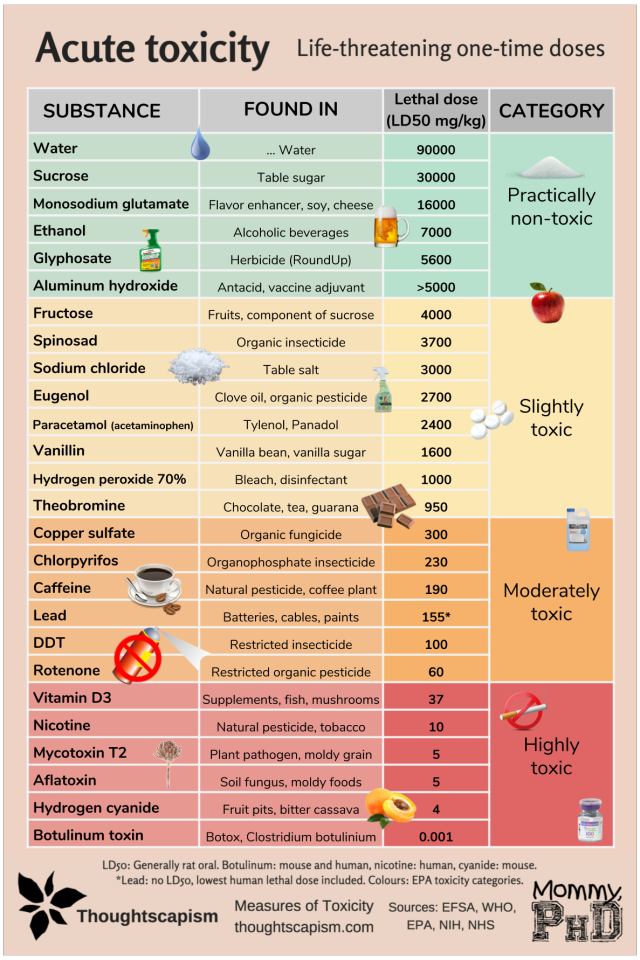 The substances contained in it lower blood sugar levels and regulate cholesterol levels.
The substances contained in it lower blood sugar levels and regulate cholesterol levels.
Effect of mushrooms on body weight control
Studies of mushrooms and their potential dietary impact on body weight control show that, compared to other diets of similar caloric content, the mushroom-based diet causes the greatest loss of adipose tissue. Mushrooms are low in calories and fat. One serving (about 80 g) contains only 10 kcal and about 0.4 g of fat, and about 10% of the dry weight of the mushroom is fiber. nine0015
In addition, the high water content (about 80 to 90%) contributes to the feeling of satiety. A low concentration of energy (calories) can maintain a stable body weight. Studies have been conducted that show that replacing meat with mushrooms in all types of dishes allows you to reduce their calorie content by half (without losing taste and satiety). Thus, mushroom dishes, of course without cream and fatty sauce, are an excellent product for weight loss.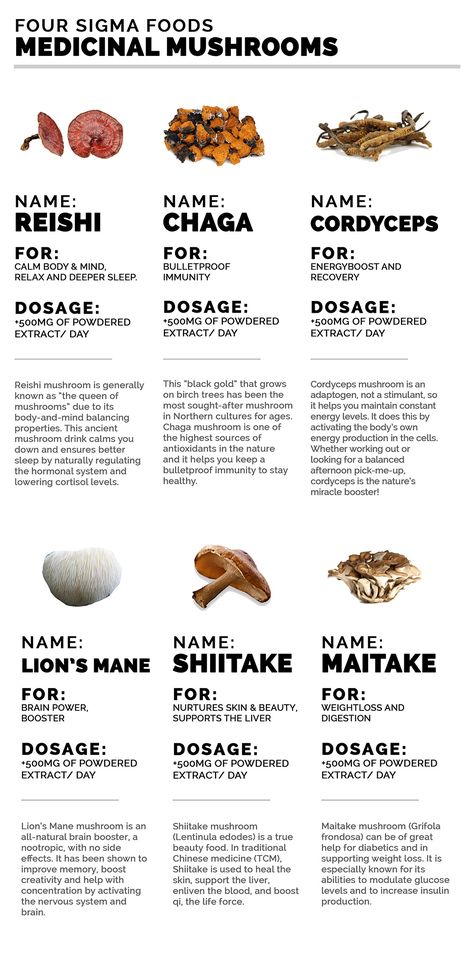
This low-calorie serving is a boon for those who control their weight. Mushrooms are a nutritionally complete and dietary food as they contain protein, carbohydrates and fats (low) and provide vitamins and minerals. nine0015
A glass of chopped, boiled or raw mushrooms can replace the daily dose of phosphorus, potassium, magnesium, pantothenic acid, as well as selenium and some vitamins. Mushrooms are also a source of fiber and other essential nutrients such as iron, calcium, folic acid, zinc, amino acids, fatty acids, etc.
Alternative for vegetarians
The high protein content of mushrooms makes it sometimes called forest meat. For those who do not eat meat, it is important to know that mushrooms can be a good meat substitute. Mushroom protein contains essential amino acids that the body cannot synthesize. In addition, the main nutritional deficiency of vegetarians is the lack of iron and vitamin D, which can be supplemented by the consumption of mushrooms (both of these ingredients contain champignons).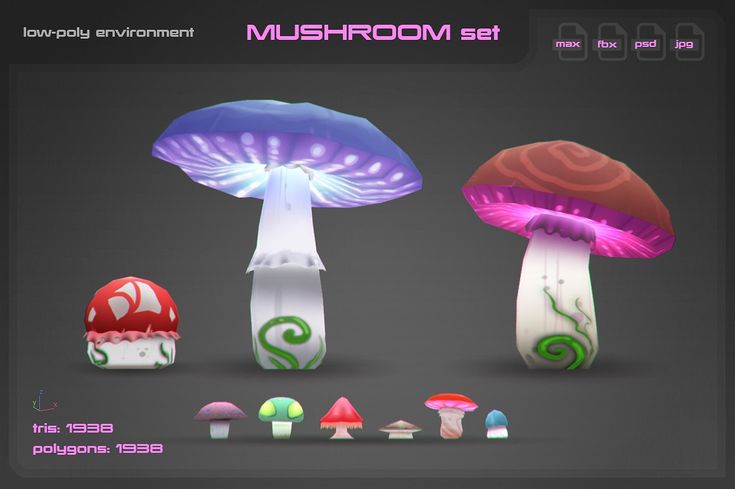 nine0015
nine0015
Previous article Next article
benefits and harms for the body of men, women, children
The history of champignons
Champignons are very popular fragrant mushrooms. They are distributed all over the world, because they are practically never wormy, and their taste is very unusual.
This fungus is excellent for growing on farms, which is not possible with every species. One of the first mushrooms to be cultivated was the champignon. Before that, they were collected in the natural environment, but around the 17th century, champignons began to be specially planted in special rooms. We noticed that they grow well in basements and other damp and dark places. Wealthy people kept a special room specifically for the cultivation of champignons, since they were expensive. nine0015
Some grow these mushrooms on lawns, although in this case the yield is less. Currently, there are huge mushroom farms, where everything is brought to automatism. Mushrooms can be grown all year round if the temperature is kept constant. More than seventy countries are doing this.
Mushrooms can be grown all year round if the temperature is kept constant. More than seventy countries are doing this.
Composition and caloric content of champignons
| Calorie content per 100 g | 27 kcal |
| Proteins | 4.3 g |
| 1 g | |
| Carbohydrates | 0.1 g |
Benefits of champignons
The main part of champignons is water. The rest is nutritious protein, acids, vitamins and minerals. Especially a lot of phosphorus in these mushrooms - no less than in fish. Mushrooms are also rich in B, E, D vitamins.
These mushrooms are considered to be an excellent dietary food. Despite the low calorie content, they are quite nutritious due to the high concentration of proteins and vitamins. nine0015 Photo: pixabay. com
com
Mushrooms have been studied by scientists for their ability to influence age-related changes. Namely, memory impairment and mental decline. It turned out that the high content of lysine and arginine has a beneficial effect on the body, improving memory and the efficiency of mental activity.
Mushrooms have also been noted to reduce inflammation. L-erogthionein in the composition of mushrooms slows down the synthesis of inflammatory markers, blocks the inflammatory process. This reduces the risk of many chronic diseases, and even reduces the chance of cancer cells growing. L-erogthionein together with linoleic acid removes toxins from the body and reduces cancerous tumors. In an American study, mice with prostate cancer received mushroom extract. As a result, the size of the tumors decreased. nine0015
Harm of champignons
Since champignons grow in our area, many people collect them. However, this fungus is easily confused with some types of toadstools and fly agarics, and can be fatally poisoned.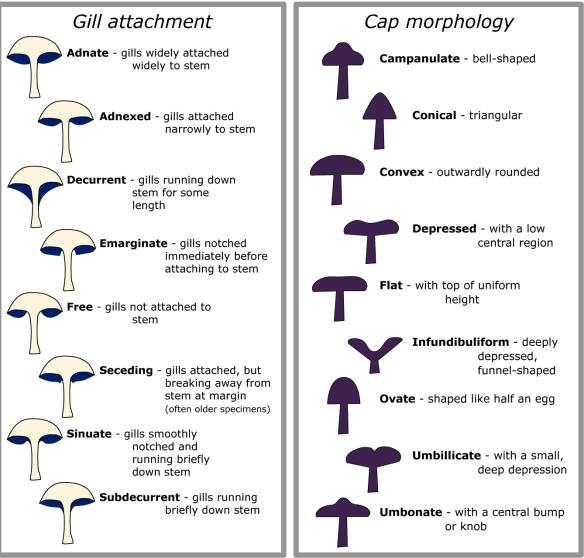 Mushrooms also accumulate harmful substances from the soil. For safety, it is better to buy mushrooms grown in greenhouses.
Mushrooms also accumulate harmful substances from the soil. For safety, it is better to buy mushrooms grown in greenhouses.
— Mushrooms contain a large amount of chitin (hard-to-digest fiber), and therefore the digestive organs always manage to cope with their work. Overeating may cause discomfort, gas formation. nine0015
It is not recommended to include in your diet a large amount of champignons and people suffering from protein metabolism disorders, gout. This is especially true for mushroom broths, since most of the purines contained in mushrooms pass into the broth. There are few purines in the champignons themselves, but broths from them or just a large dose of mushrooms can provoke an exacerbation of gout, - nutritionist Yulia Pigareva warns .
The use of champignons in medicine
Mushrooms are not used in medicine. But in folk medicine, this mushroom is quite popular - tinctures and extracts are made from it. They are used as an anti-inflammatory and healing agent.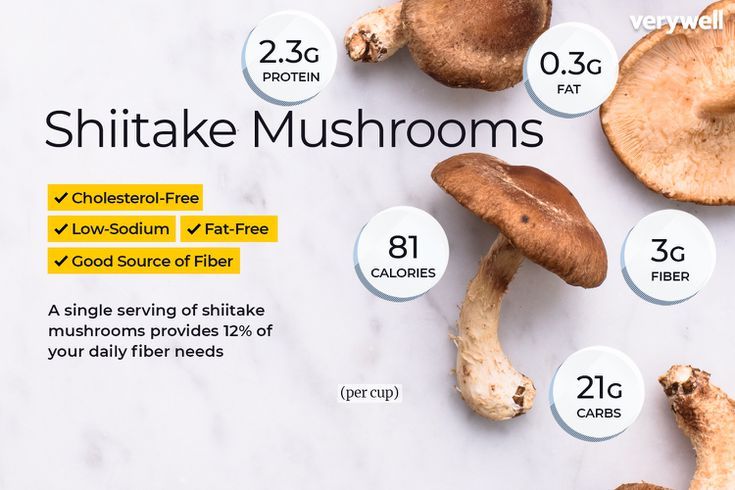 In Tibetan, Chinese medicine, young champignons are used in the treatment of infections. The fungus synthesizes a natural antibiotic that is effective against many bacteria. In cosmetology, champignon gruel is used as a nourishing mask. nine0015
In Tibetan, Chinese medicine, young champignons are used in the treatment of infections. The fungus synthesizes a natural antibiotic that is effective against many bacteria. In cosmetology, champignon gruel is used as a nourishing mask. nine0015
Doctors recommend champignons as a dietary food for diabetics who are losing weight. These mushrooms are low in fat and have a low glycemic index. At the same time, the content of proteins and minerals is quite high, which is necessary for fasting or vegetarians as a replacement for meat food. Protein and dietary fiber saturate well and help satisfy hunger for a long time.
The use of mushrooms in cooking
Mushrooms are a very popular product, they are loved all over the world. They are suitable for frying, salting, pickling, second courses and even kebabs. Some people eat champignons raw, which is completely harmless, the main thing is to rinse them well in salted water. nine0015
Mushroom Cream Soup
Traditional rich mushroom and cream soup. It is very high in calories. For a more dietary option, you can replace the cream with milk. This soup is good served with white croutons
It is very high in calories. For a more dietary option, you can replace the cream with milk. This soup is good served with white croutons
| Mushrooms | 650 g | |||||||||||
| Onion | 1 pc. | |||||||||||
| Lemon juice | 0.5 tbsp. spoons | |||||||||||
| Olive oil Grind boiled mushrooms with garlic with a blender into puree, add salt and pepper. After cooling, pour in the cream and mix thoroughly. The soup will be thick, so you need to bring it to the desired consistency by adding the remaining broth. Before serving, add a spoonful of olive oil and a sprig of parsley to bowls. Buckwheat with champignonsThis popular garnish is easy to diversify. Adding mushrooms will make it satisfying, so buckwheat with mushrooms can be eaten as an independent dish Photo: Globallookpress.com
Wash, peel and chop the carrots and onions. Carrots can be grated or cut into small strips. Also wash the mushrooms, cut into slices. nine0015 Heat oil in a high-sided frying pan, add onions and carrots and fry until golden. At the end, add mushrooms, salt and pepper, mix. At this time, rinse the buckwheat and sprinkle it directly on the mushrooms with vegetables. Smooth the surface, and pour boiling water about a finger above the level of buckwheat. Cover and simmer over low heat for 30-40 minutes until tender. Share your recipe Email your specialty recipe to [email protected] . "Komsomolskaya Pravda" will publish the most interesting and unusual ideas How to choose and store champignons Champignons, like other mushrooms, are safer to choose in a store, from special mushroom farms. Store purchased greenhouse mushrooms for up to 5 days in the refrigerator in the vegetable drawer. If the mushrooms begin to open, darken inside or become slippery, then their shelf life has come to an end. Mushrooms collected independently in the forest are stored even less - no more than a day in the cold. They need to be rinsed in salted water as soon as possible and cooked. If you need to keep mushrooms for a longer period, you can freeze them. |
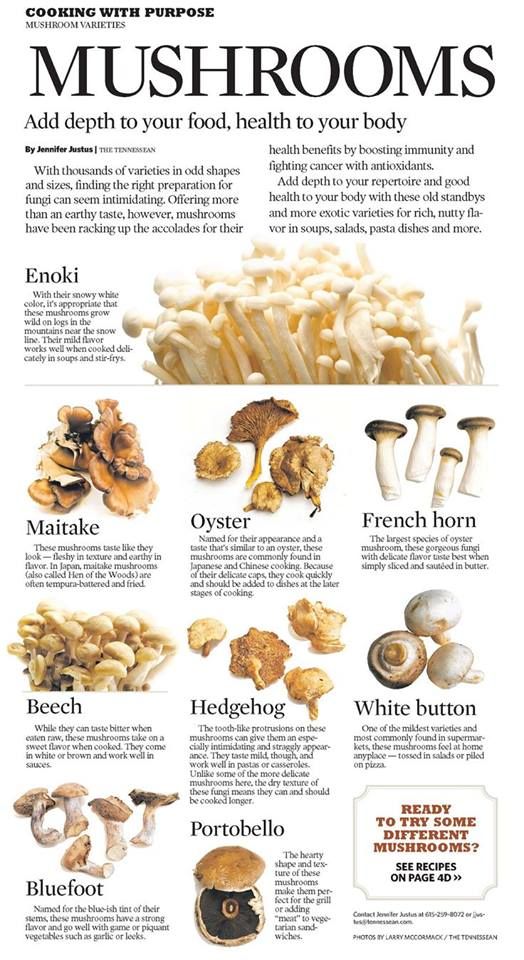
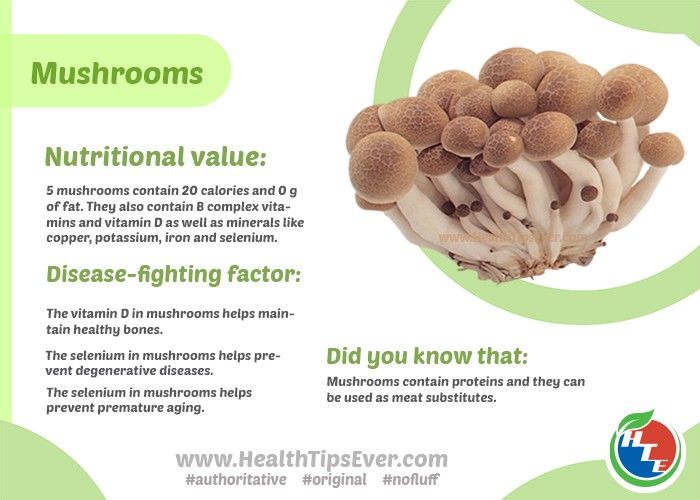 When collecting on your own, there is a risk of confusing an edible mushroom with a poisonous mushroom of the genus Amanita, as well as with pale grebe and fly agaric. They are very similar to champignons, you can distinguish them by the color of the plates on the bottom of the cap. In poisonous they are white or yellowish, in champignons they are dark or pinkish. Although the youngest champignons can also be with white plates, this is the danger. Also, poisonous twins usually release a yellowish liquid when cut, and the champignon turns brown or pink. nine0015
When collecting on your own, there is a risk of confusing an edible mushroom with a poisonous mushroom of the genus Amanita, as well as with pale grebe and fly agaric. They are very similar to champignons, you can distinguish them by the color of the plates on the bottom of the cap. In poisonous they are white or yellowish, in champignons they are dark or pinkish. Although the youngest champignons can also be with white plates, this is the danger. Also, poisonous twins usually release a yellowish liquid when cut, and the champignon turns brown or pink. nine0015 